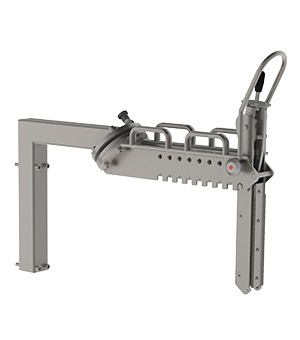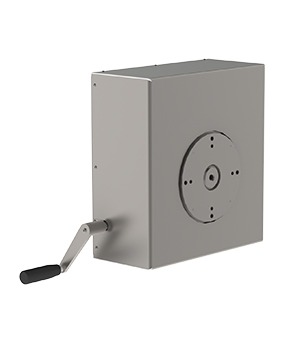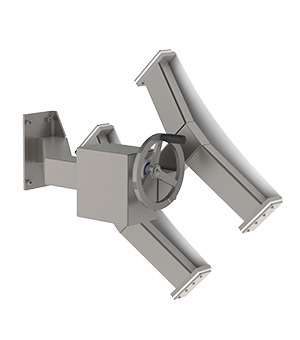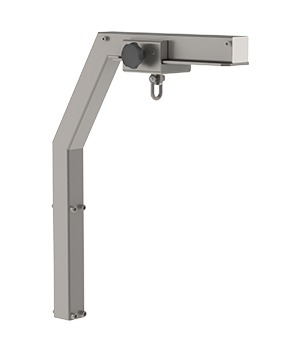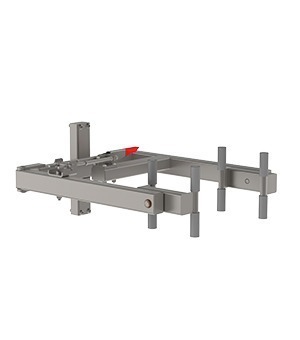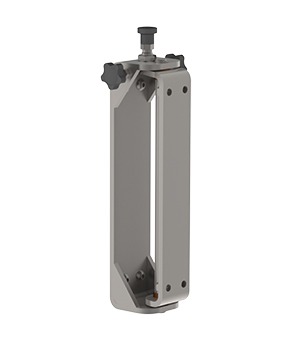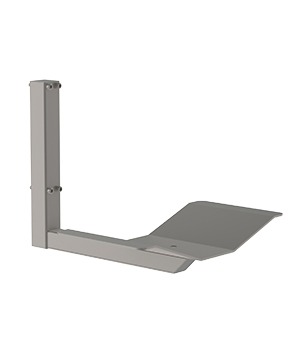Manual Manipulators

Lifting Device Solutions: Manual Manipulators
Manual manipulators are a type of lifting device that can be turned, swung or otherwise moved by hand to help position the load. Using intelligent design, the effort needed to manipulate the load can be kept at a minimum.
Manual manipulators allow the user the advantage of a tactile sense of the load while positioning it. These lifting solutions require that the user has easy access to the lifting tool when the load must be manipulated. In cases where this is not possible, e.g. lifting to a height were access is restricted, electrical manipulators are preferred. In some cases, electrical manipulators also offer the advantage of manipulating the load faster. For an overview of our electrical manipulators, see here.
For an overview of our manual manipulators, see below:
MRM – Manual Roll Manipulator
MRU – Manual Rotation Unit
MTU – Manual Tipping Unit
RCA – Rail Crane Arm
STU – Simple Tipping Unit
SU – Swing Unit
VB – V-Block
Other Tools Categories
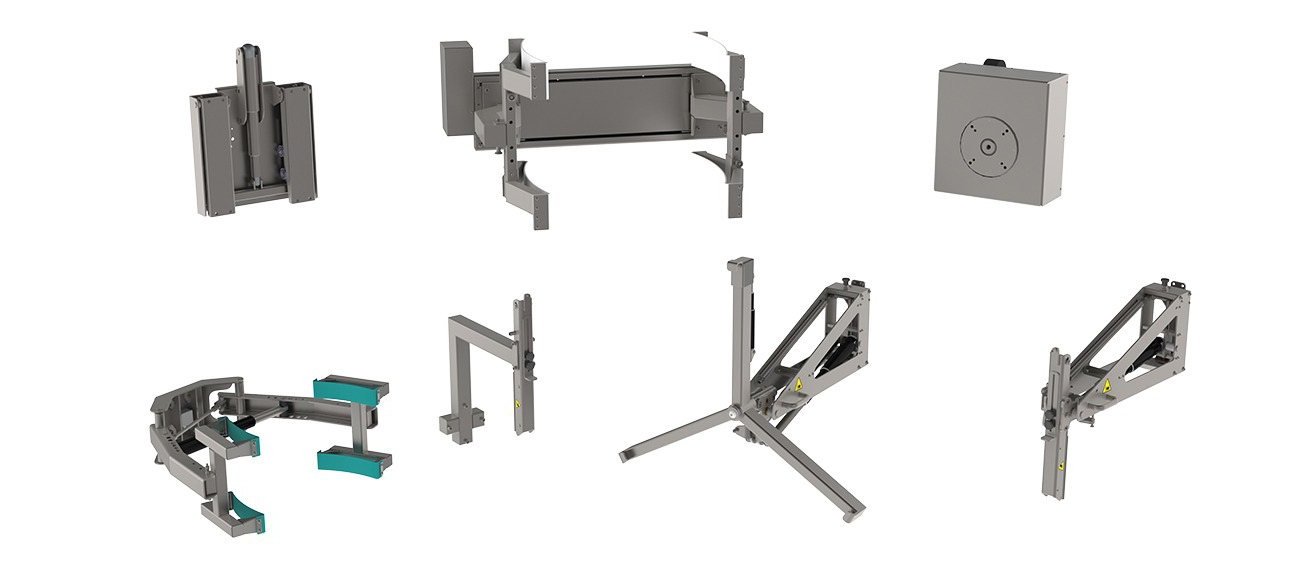
Electrical Manipulators
Electrical manipulators are lifting tools that in themselves can be turned, swung or otherwise moved electrically to help position the load.
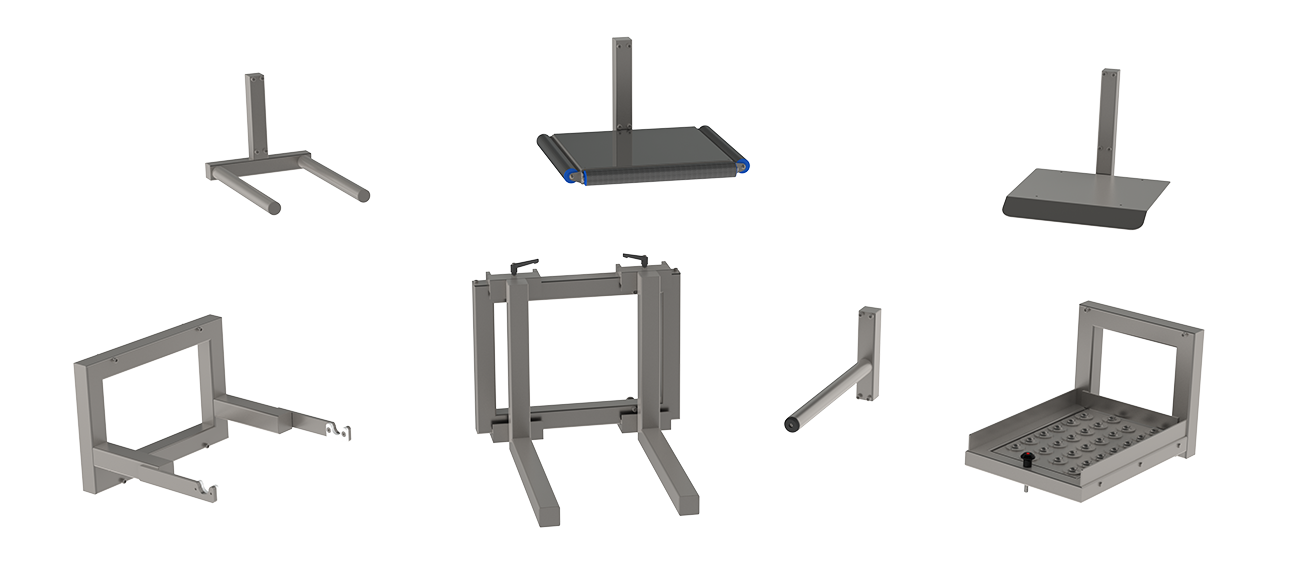
Non-Manipulators
Non-manipulators are simple lifting tools that support a load. Typically designed to accommodate a specific type of load, these tools are found in countless different versions.
Go to our main Tools page for an overview of the different categories of tools that we offer.
Go to our Products page to find out how our products may help you in your line of industry and your work situation.
Go to our Homepage.


